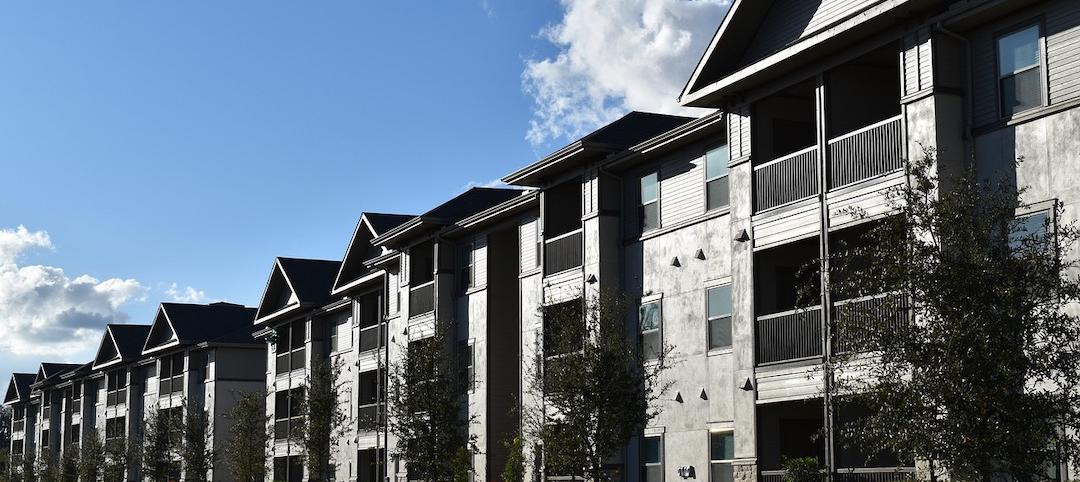Builders for Climate Action, a Canadian advocacy group, has proposed the development of a Carbon Use Intensity metric for new buildings.
The plan would measure embodied carbon in building products to include in an overall assessment of a building’s carbon footprint. The group says that choosing building materials with low levels of embodied carbon can have a larger impact on climate change than focusing solely on energy efficiency.
The Carbon Use Intensity metric would combine the impact of operational carbon, embodied carbon, and carbon intensity of the local electric grid. The broader approach is necessary to ensure that Canada’s progress toward carbon neutrality doesn’t stall, the group says.
Researchers found that houses built to more stringent energy standards may have higher levels of embedded carbon because they usually have more insulation in them. Thicker layers of insulation such as closed-cell polyurethane foam can add a significant amount of carbon in the building.
Related Stories
Codes and Standards | Nov 16, 2021
NOAA, Univ. of Maryland, and ASCE partner on climate-smart engineering codes, standards
Efforts will account for climate change in future infrastructure design and construction.
Codes and Standards | Nov 15, 2021
Intl. Code Council and Modular Building Institute release new off-site construction standards
‘Will create consistency for off-site construction; accelerate the industry’.
Codes and Standards | Nov 12, 2021
GSA will likely shrink federal office space post-COVID
Agency also needs to address maintenance backlog.
Codes and Standards | Nov 10, 2021
Los Angeles launches fast-track office tenant improvements program
Red tape to be cut to make interiors healthier and safer.
Codes and Standards | Nov 9, 2021
Florida state building professionals call for mandatory high-rise building inspections
Group recommendation comes in wake of Surfside condo collapse.
Codes and Standards | Nov 8, 2021
Dept. of Energy to fund 10 pilot smart building projects
Connected communities will accelerate renewable energy adoption and grid resilience.
Codes and Standards | Nov 3, 2021
Fact sheets offer strategies to improve indoor air quality in schools
Center for Green Schools at USGBC document for people without a technical background.
Codes and Standards | Nov 2, 2021
Rapid acceleration of affordable housing development expected over next five years
Federal government programs will spur construction.
Codes and Standards | Nov 1, 2021
New bird-friendly technical design guide released
National Glass Assn. document offers design and installation best practices for glazing.
Codes and Standards | Nov 1, 2021
World’s first chief heat officer tackles how to protect Miamians from extreme heat
Focus on chronic exposure for outdoor workers and for those that can’t afford AC.

















